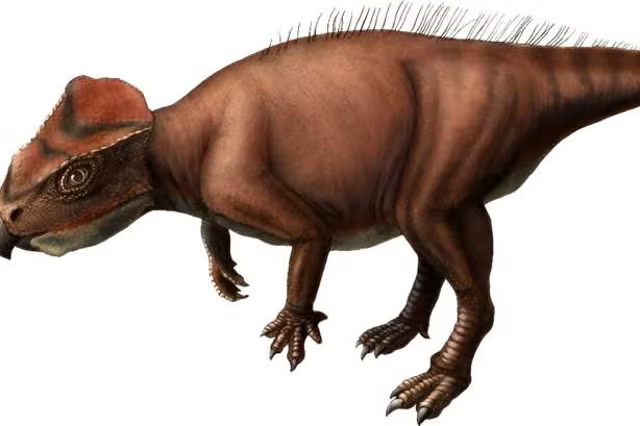An asteroid that was detected only hours earlier was seen crashing to Earth in a large fireball in videos taken from the Philippines.
The videos show the 3-foot-wide asteroid falling in a bright streak of light before flaring and fading away into the dark of the night as it burned up.
The asteroid, named 2024 RW1, crashed into the atmosphere just east of Luzon Island in the Philippines at about 12:46 p.m. ET on Wednesday. It was detected by NASA a few hours before it hit the planet, making it only the ninth asteroid to have been spotted before it entered our atmosphere.
"Discovered this morning by the Catalina Sky Survey, this is just the ninth asteroid that humankind has ever spotted before impact," the European Space Agency posted to X, formerly Twitter, earlier on Wednesday. "The object is harmless, but people in the area may see a spectacular fireball!"
When a meteoroid (a small rock or metal fragment from space) enters the Earth's atmosphere, it travels at incredibly high speeds, typically from 25,000 to 160,000 mph. The rapid movement through the atmosphere compresses the air in front of it, generating intense heat. The heat causes the outer surface of the meteoroid to vaporize and produce a bright, glowing trail of ionized gases. If any fragments of the meteoroid survive the journey through the atmosphere and reach Earth's surface, they are called meteorites.
"Meteorites hit the ground at a couple of hundred km/h, depending on size. The same speed as if they'd been dropped off a tall building. This is because the atmosphere slows them down so much," Jim Rowe, co-founder of Fireballs Aotearoa and the UK Fireball Alliance, told Newsweek. "They also stop glowing 15 to 30 kilometers above the ground, then have a minute or two of falling fairly slowly through sub-zero atmosphere before hitting the ground."
The asteroid was spotted by Jacqueline Fazekas, a researcher at the NASA-funded Catalina Sky Survey in Arizona. The observatory tracks and catalogs near-Earth objects, keeping an eye out for any larger asteroids coming too close to Earth as part of NASA's Planetary Defense Program.
Some objects in our solar system are classified as near-earth objects (NEOs) if the closest approach to the sun is less than 1.3 astronomical units (AU), with one AU being the distance from Earth to the sun, or roughly 93 million miles.
A potentially hazardous asteroid (PHA) is a subset of NEOs that have orbits which could bring them to a close approach with Earth and are large enough to cause significant regional damage in the event of an impact.
To be classified as a PHA, an asteroid must be larger than 460 feet in diameter and must also come within 0.05 astronomical units (AU) of Earth's orbit, which is about 4.6 million miles. While the vast majority of PHAs pose no immediate threat to Earth, astronomers track them closely to assess their orbits over time.
Do you have a tip on a science story that Newsweek should be covering? Do you have a question about asteroids? Let us know via science@newsweek.com.
Disclaimer: The copyright of this article belongs to the original author. Reposting this article is solely for the purpose of information dissemination and does not constitute any investment advice. If there is any infringement, please contact us immediately. We will make corrections or deletions as necessary. Thank you.



